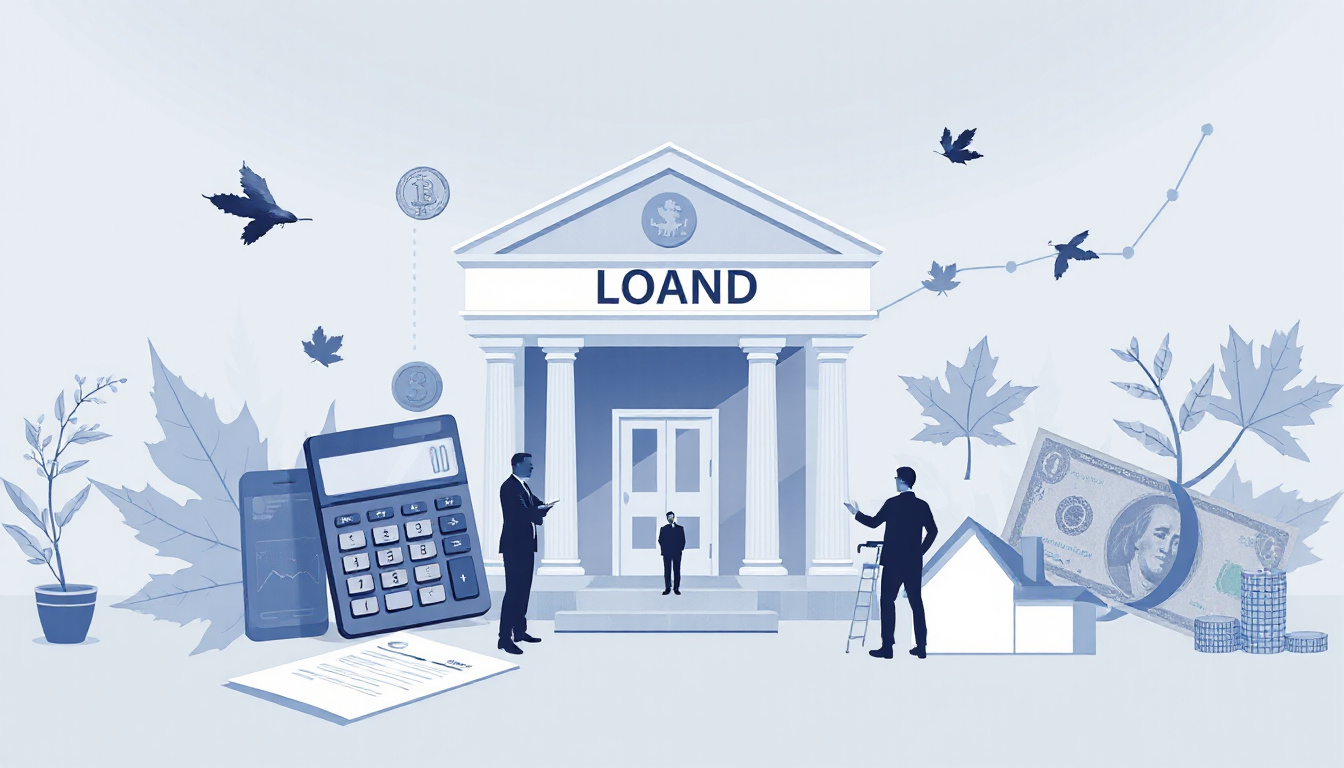Understanding Loan Origination Fees: What You Need to Know Before You Borrow

Tyler McAllister
Senior Finance Writer
When considering a loan, it’s essential to understand all associated costs, one of which is the loan origination fee. But what are loan origination fees? Simply put, they are fees charged by lenders for processing a new loan application, covering the costs of underwriting and distributing the loan. This article will delve into the definition and purpose of these fees, explore how they are calculated, and provide practical tips for negotiating or reducing them. By understanding loan origination fees, Canadians can make more informed borrowing decisions and manage their financial commitments effectively.

Key Takeaways
- Loan origination fees are charged by lenders for processing a new loan application.
- These fees typically cover the cost of underwriting and funding the loan.
- Loan origination fees can vary based on the loan amount and lender policies.
- Understanding how these fees are calculated can help borrowers anticipate costs.
- Negotiating or shopping around can often lead to lower origination fees.
Definition and Purpose of Loan Origination Fees
Loan origination fees refer to the charges that lenders apply for processing a new loan application. These fees cover various costs involved in evaluating and approving a borrower’s request for a mortgage or personal loan. Typically, the fee is expressed as a percentage of the loan amount, ranging from
0.5% to 1% for mortgages, although it may vary based on the lender and the type of loan. Understanding what are loan origination fees is crucial for Canadians embarking on the borrowing process, as these costs can significantly impact the overall expense of a loan. By recognizing the purpose of these fees, borrowers can make informed financial decisions, enabling them to negotiate better loan terms or consider different lenders that may offer more favorable conditions.
How Loan Origination Fees are Calculated
When exploring financing options, many Canadians may ask, ‘What are loan origination fees?’ These fees are charged by lenders to cover the costs associated with processing a loan application. Typically expressed as a percentage of the total loan amount, origination fees can range from
0.5% to 1% but may vary based on the lender and the type of loan. To calculate these fees, lenders assess various factors, including your credit score, the type of loan being applied for, and the overall risk level associated with providing the loan. Being aware of these fees upfront can help you make more informed decisions when comparing loan offers and ultimately lead to better debt management and financial planning.
‘An investment in knowledge pays the best interest.’ – Benjamin Franklin

Tips for Negotiating or Reducing Loan Origination Fees
Understanding ‘What are loan origination fees?’ is crucial for anyone considering borrowing money for a home, car, or other large purchase. Loan origination fees are the costs associated with processing a new loan application, typically ranging from
0.5% to 1% of the loan amount. These fees cover the lender’s administrative expenses in evaluating and approving your loan, but they can add a significant burden to your overall borrowing costs. To negotiate or reduce these fees, start by shopping around for different lenders; compare their fees, interest rates, and terms to find the best deal. Don’t hesitate to ask lenders about the possibility of waiving or lowering the fees, particularly if you have a strong credit score or relationship with the lender. Additionally, consider discussing alternative loan structures, where you may pay a slightly higher interest rate in exchange for reduced upfront fees. Being informed and proactive can empower you to make smarter decisions, ultimately saving you money and making your financial plan more effective.
